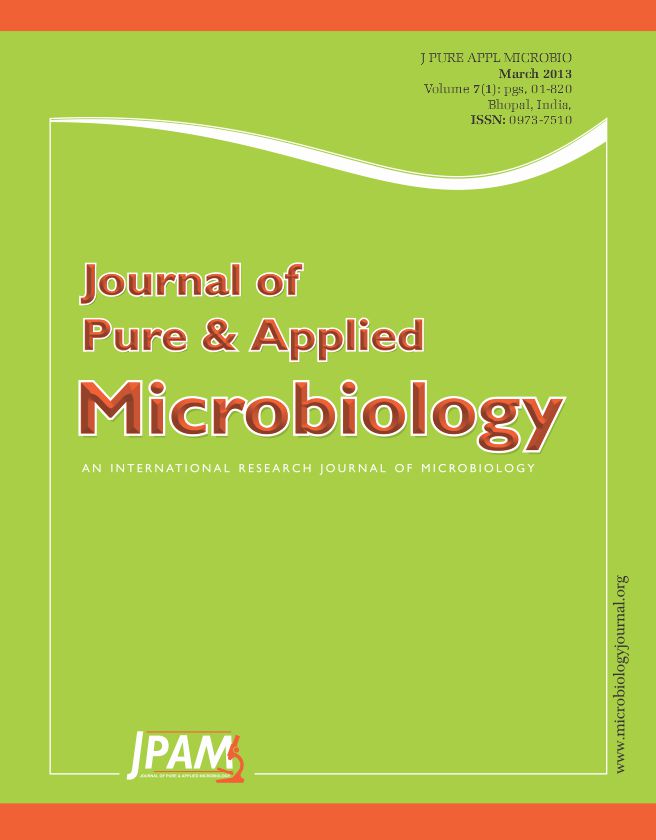Chlorogenic acid, a natural compound widely found in a great variety of natural products, with its wide range of potentially practical values, has been quite frequently researched in many basic scientific experiments for its biological activities, such as antimicrobial properties, and other physicochemical effects. In this study, we investigated the anti-virus role of chlorogenic acid on the toll-like receptor 7 (TLR7) signaling pathway in diverse immune cells infected with H1N1. Through the course of obtaining peripheral blood mononuclear cell(PBMC) from fresh umbilical cord blood, and stimulations by inducing factors, rhGM-CSF and rhIL-4, separately, we established a co-culture system of distinct immune cells with the medium of the H1N1 virus-infected cells(human respiratory epithelial cell). Then chlorogenic acid was added into the system as an drug intervention. The cell supernatant and immune cells were collected for RT-PCR to determine the expression levels of cytokines related to the TLR7 pathway. The results indicated that chlorogenic acid could ameliorate H1N1 virus-infected cell survival and down-regulate the expression levels of the TLR7 pathway cytokines, thus avoiding too much damage from the over-reactive immune system.
Chlorogenic acid, H1N1, monocytes, dendritic cells, macrophages,TLR7
© The Author(s) 2014. Open Access. This article is distributed under the terms of the Creative Commons Attribution 4.0 International License which permits unrestricted use, sharing, distribution, and reproduction in any medium, provided you give appropriate credit to the original author(s) and the source, provide a link to the Creative Commons license, and indicate if changes were made.


